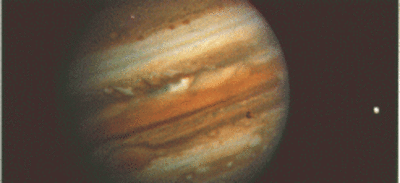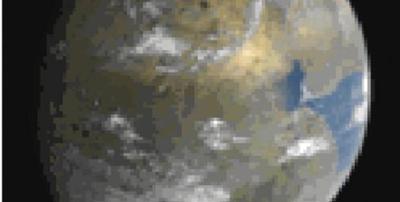Exoplanets & Planetary Atmospheres
Hundreds of “exoplanets” are known to orbit nearby sun-like stars. Exoplanets are particularly interesting because they are found to have a wide range of masses, semi-major axes, and other orbital parameters, meaning that their characteristics are very different from Earth and other solar system planets. Research on the atmospheres of exoplanets and other planets in our solar sytem allows us to better understand these far away worlds, and to ultimately better understand our own atmosphere.
 In PAOC we model atmospheres and interpret data. Dozens of exoplanet atmospheres have been measured with space telescopes. At present, exoplanet atmosphere observations are limited to the subset of hot planets that orbit close to their host stars. Nevertheless the field of exoplanets is a rapidly evolving one and it is necessary to prepare for future instrumentation and observations.
In PAOC we model atmospheres and interpret data. Dozens of exoplanet atmospheres have been measured with space telescopes. At present, exoplanet atmosphere observations are limited to the subset of hot planets that orbit close to their host stars. Nevertheless the field of exoplanets is a rapidly evolving one and it is necessary to prepare for future instrumentation and observations.
PAOC members are also involved in modeling the atmospheres of the other planets in our solar system. Most recently, researchers have been working on understanding the deep circulation on gas giants, and on how the inter-hemospheric orographic gradient on Mars affects its Hadley cell dynamics.
